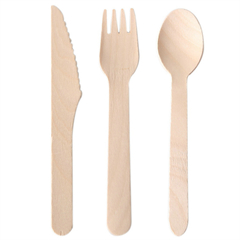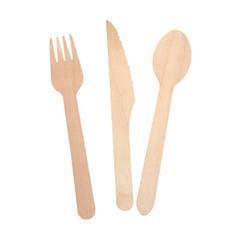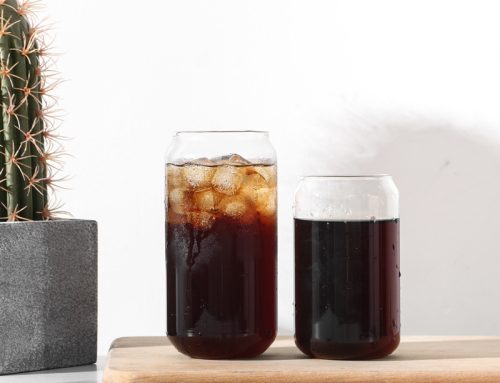The art of ceramic coffee cups encompasses a wide range of creative and artistic expressions that combine form, function, and aesthetics. Ceramic artists and potters around the world create unique and visually captivating coffee cups that go beyond mere utility. Here are some aspects that contribute to the art of ceramic coffee cups:
- Form and Shape: Ceramic artists experiment with various shapes and forms for coffee cups, from classic cylindrical designs to more unconventional and sculptural shapes. The curvature of the cup, the handle’s placement and design, and the lip’s contour all contribute to the cup’s overall visual appeal and usability.
- Texture and Surface: Ceramic cups can have various textures, from smooth and glossy to rough and matte. Artists use techniques like carving, stamping, or adding texture through clay manipulation to create visually interesting surfaces that can enhance the tactile experience of holding the cup.
- Glazes and Colors: Glazing is a crucial element in ceramic art. Artists can choose from a vast palette of glaze colors, ranging from earthy tones to vibrant hues. Glazes can be applied in layers, resulting in intricate patterns, gradients, or a marbled effect. The firing process transforms the glaze into a glassy surface, adding depth and visual richness to the cup.
- Decoration and Detailing: Ceramic cups can be adorned with various decorations, including hand-painted designs, intricate patterns, decals, or even three-dimensional elements. These decorative elements can convey cultural influences, personal narratives, or abstract expressions.
- Personalization: Many ceramic artists offer the option to personalize coffee cups, allowing customers to choose specific colors, designs, or even have their names or quotes incorporated into the cups. This adds a layer of intimacy and individuality to the art of ceramic coffee cups.
- Artistic Expression: Some ceramic artists push the boundaries of conventional coffee cup design by treating each cup as a canvas for artistic expression. They might incorporate storytelling, social commentary, or abstract concepts into their work, turning the cups into small sculptures or functional pieces of art.
- Collectibility: The art of ceramic coffee cups has garnered a following of collectors who appreciate the uniqueness and craftsmanship of each piece. Limited edition or one-of-a-kind cups created by renowned ceramic artists can become highly sought-after collector’s items.
- Collaborations: Collaborations between ceramic artists and other creative professionals, such as illustrators, painters, or designers, can result in coffee cups that merge multiple artistic disciplines. This fusion can lead to cups that are not only visually stunning but also tell a collaborative story.
In essence, the art of ceramic coffee cups transcends their utilitarian purpose to become vessels of artistic expression, cultural exploration, and personal connection. These cups carry with them the dedication, skill, and creativity of the artists who craft them, enriching the daily coffee-drinking experience and offering a glimpse into the world of functional art.






